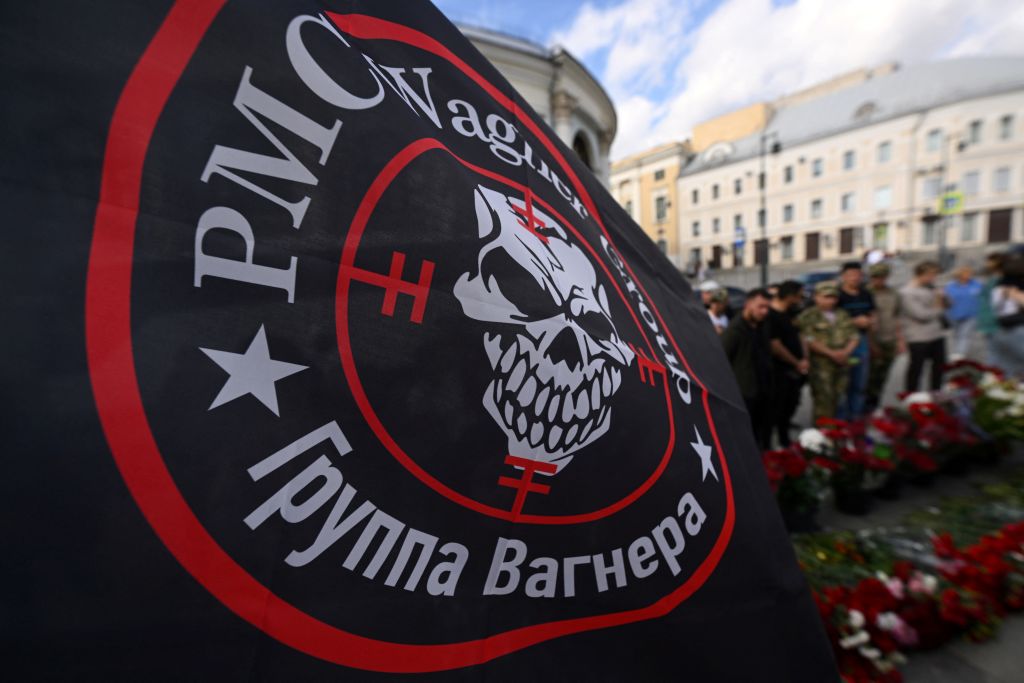Four years after Mali’s ruling junta invited Russian mercenaries into the country to fight terrorists, Mali now faces even more attacks and a fuel blockade while Russian forces scale back their battlefield involvement.
Mali’s relationship with Russian forces has changed since the arrival of Africa Corps in June. Many Africa Corps’ fighters came from the former Wagner Group, which arrived in Mali in 2021 under the pretense of training Malian soldiers to fight the terror group Jama’at Nusrat al-Islam wal-Muslimin (JNIM) and Tuareg separatists now operating under the banner of the Azawad Liberation Front (FLA).
Although then-Wagner Group fighters helped Mali’s military retake several communities, including Kidal in the north, the brutality and violence involved alienated Malian communities.
From January 2024 to Wagner’s exit in June 2025, Wagner and Malian soldiers were responsible for 1,443 civilian casualties, four times the number tied to JNIM during the same period, according to the Armed Conflict Location and Event Data project (ACLED).
“When we talk with civilians in Mali, one thing that comes up often is the brutality of Wagner operations,” analyst Ousmane Ali Diallo, a senior researcher at Amnesty International’s regional office for West and Central Africa, said recently.
“The complete disrespect for the law and the severe brutality toward civilians have been characteristic of Wagner,” he added.
Diallo was part of a recent webinar hosted by the Global Initiative Against Transnational Organized Crime (GI-TOC) to discuss the group’s report on the Wagner Group’s impact on Mali’s security.
The report found that Wagner’s time in Mali led to a spike in executions, looting and other human rights violations against civilians in the name of fighting terrorism.
“Wagner replaced the fear of rebel groups with the fear of counterterrorism raids,” Diallo said.
The report found that Wagner mercenaries also mistreated members of the Malian military, who supplied weapons, vehicles and even uniforms to the poorly equipped Wagner forces. Wagner mercenaries insulted Malian soldiers and abandoned them on the battlefield. They also competed with Malian soldiers for the spoils of battles. In one case, a Wagner mercenary killed a Malian soldier during a dispute over a seized motorcycle.
Wagner’s massacre of 500 men in Moura in 2023 coincided with a rapid and widespread escalation in violence by JNIM and FLA.
“Moura is probably the single most violent operation since the beginning of the conflict in 2012,” Diallo said. The community has been abandoned since the massacre.
The growing violence culminated in July 2024 in the battle of Tinzaouaten, during which combined JNIM and FLA fighters killed 84 Wagner fighters and 47 Malian soldiers.
“Tinzaouaten marked the end of Wagner engagement on the battlefield in Mali,” Heni Nsaibia, an analyst with ACLED, said during the GI-TOC webinar. A year later, Wagner pulled out of Mali and was replaced by Africa Corps, a division of the Russian Ministry of Defense.
Africa Corps is less directly engaged in fighting than its predecessor. Russian forces continue to loot Malian communities, but they’re less likely to engage in the kind of brutal collective punishment that was Wagner’s hallmark. The new forces stay on fortified military bases and operate drones against terrorists.
“There have been fewer joint operations and a decline in abductions and forced disappearances that were common under Wagner,” Nsaibia said.
As Russian’s military presence has shrunk, JNIM and FLA have expanded their own reach. JNIM recently launched a fuel blockade, intercepting and destroying fuel trucks entering the landlocked country from Côte d’Ivoire, Guinea and Senegal.
The shift in Russian strategy has left the Malian junta increasingly isolated and unable to maintain security in the country, according to the GI-TOC report.
“Africa Corps has a very limited footprint and increasingly looks insufficient as a partner force for the Malian military,” Nsaibia said.

